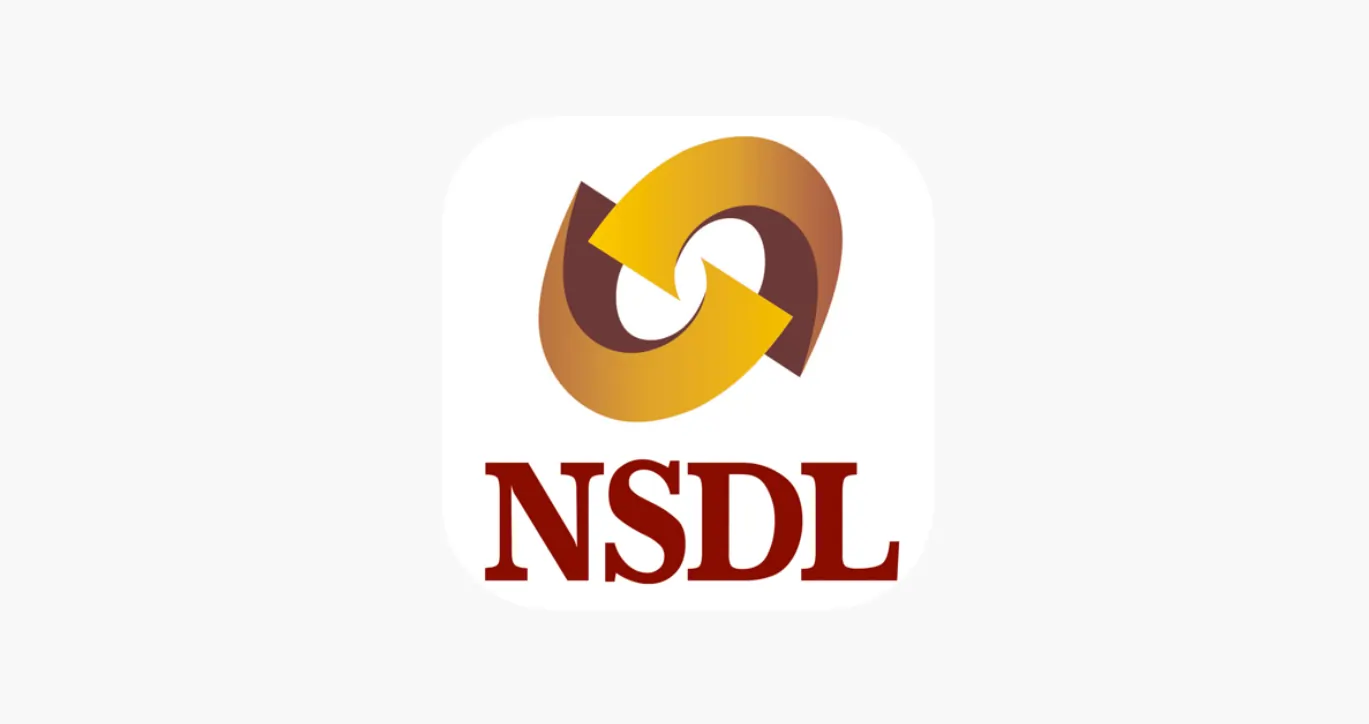Money Stress Isn’t About Money - It’s About Structure

By

Most individuals assume financial stress comes from not earning enough. However, evidence across behavioural finance, psychology, and real-life advisory experience shows something different:
Money stress is rarely about income. It is almost always about the lack of a clear financial structure.
Two people with the same monthly salary can have completely different stress levels. The one with a predictable, organised financial system feels more confident. The one operating without clarity experiences constant pressure even if their income is high.
The difference is structure, not earnings.
The human mind responds strongly to uncertainty. When income, expenses, investments, or future goals feel unclear, the brain interprets this as a risk - activating stress responses even when there is no immediate financial threat.
Behavioural finance research highlights three key patterns:
People feel more anxious about situations where outcomes are unclear than situations that are objectively difficult but predictable.
The fear of potential loss - “What if something goes wrong?” - weighs heavier on the mind than the actual numbers.
When financial decisions feel complex, they get postponed. This increases uncertainty and creates a cycle of stress.
In short, unstructured finances create psychological pressure, regardless of income level.
Most people experiencing money-related stress do not have a shortage of income. Instead, they struggle with clarity.
Common indicators include:
These issues create a cloud of uncertainty that leads to ongoing stress.
A structured financial system provides predictability, which significantly reduces stress.
A well-organised financial life typically includes:
Structure enables informed decision-making and replaces uncertainty with clarity. As a result, financial decisions feel more controlled and less overwhelming.
Research consistently shows that financial anxiety is common across income groups. Earning more does not automatically create confidence, because:
Without a system to manage these variables, even high-income professionals experience money stress.
Income solves bills. Structure solves stress.
Below is a simple, actionable framework to bring order to your financial life:
Document your exact monthly take-home income.
Track your spending using actual numbers, not estimates.
Automation ensures consistency and reduces decision fatigue.
Maintain at least six months of expenses to absorb unexpected shocks.
Every SIP should be linked to a clear goal - retirement, home, education, travel, and other priorities.
A brief monthly review helps you stay aligned with your plan and prevents drift.
This structure reduces uncertainty, which in turn reduces stress.
Working with thousands of professionals especially doctors and business leaders - shows a consistent pattern:
Most people do not face a money shortage. They face a clarity shortage.
Once they see:
Their financial anxiety drops significantly.
Structure brings confidence, direction, and long-term stability.
A simple exercise can provide instant relief:
Even this basic level of structure reduces uncertainty and improves decision-making.
If you want clarity around your financial life, the FinnFit Test is a structured starting point. It helps you understand your current financial position and what needs to be organised.
Financial peace is not the outcome of higher income. It is the outcome of a systematic approach.
Disclaimer: This article is for educational and informational purposes only and does not constitute investment advice.
Finnovate is a SEBI-registered financial planning firm that helps professionals bring structure and purpose to their money. Over 3,500+ families have trusted our disciplined process to plan their goals - safely, surely, and swiftly.
Our team constantly tracks market trends, policy changes, and investment opportunities like the ones featured in this Weekly Capsule - to help you make informed, confident financial decisions.
Learn more about our approach and how we work with you:

Learn how to easily download your NSDL CAS Statement in PDF format with our step-by-step guide. Follow our instructions to log in to NSDL e-Services, download your account statement, and subscribe for
Read Full
Explore what Specialised Investment Funds (SIFs) are, their benefits, taxation, minimum investment, how to invest, how they compare with mutual funds and PMS and latest developments in SIF space
Read Full
Learn How to Download Your CDSL CAS Statement with our step-by-step guide. Easy instructions for accessing your investment details online.
Read Full
Analyzing the potential economic impact of the 2025 India-Pakistan conflict on India's GDP growth, manufacturing sector, and foreign investment.
Read Full
Determine if your Demat Depositary (DP) is NSDL or CDSL easily. Follow our guide to check using broking platforms or Demat account number formats
Read Full
Looking for the best financial freedom books? Here’s a handpicked 2025 reading list with summaries, why to read, and who it's best for.
Read Full
Clear guide to mutual fund taxation in India for FY 2025–26 after July 2024 changes: equity STCG 20%, LTCG 12.5% with ₹1.25L exemption, debt/hybrid rules, dividends, examples, tables, and FAQs.
Read Full
RBI cuts repo rate by 50 bps and CRR by 100 bps in June 2025 to boost growth. Learn how it impacts inflation, borrowing, sectors, and market trends.
Read Full